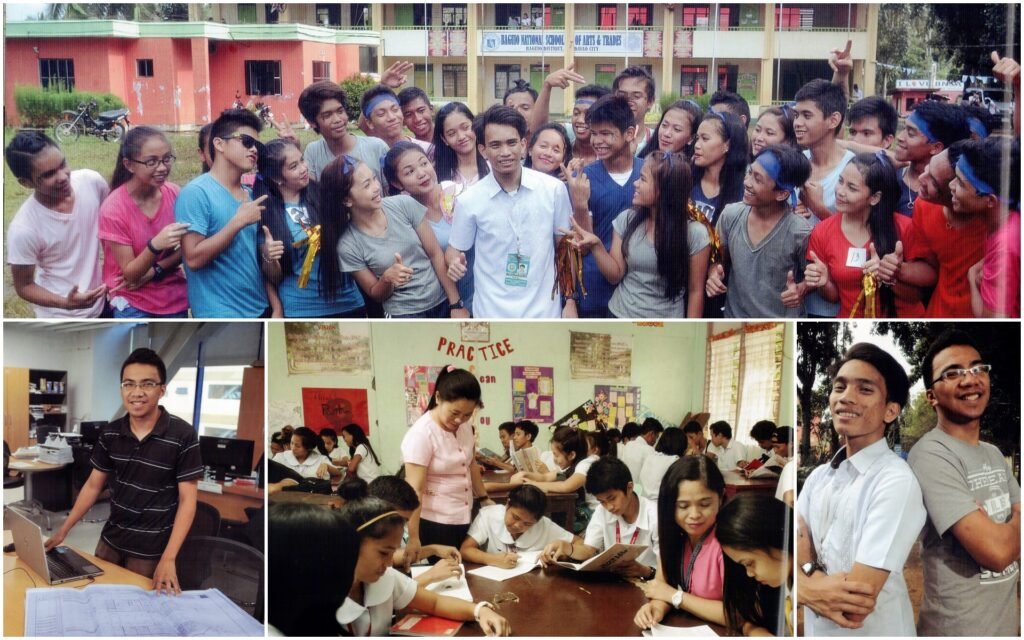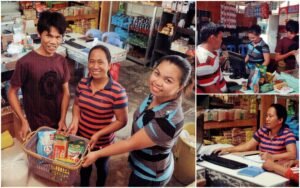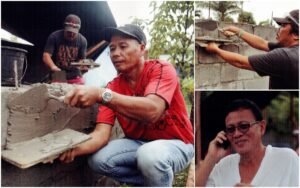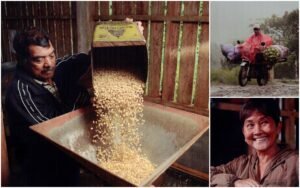
A scholarship program helps young people reach their goals.
As a boy, John Paul Aloy dreamt of becoming a priest, a firefighter, an engineer, and an architect. A member of the Obu-Manuvu tribe in Marilog, Baguio District, Davao City, he valued education and was eager to show the world what the indigenous peoples are capable of.
“l changed my mind about being a priest in second year high school,” John Paul, who is now 22, confesses with a laugh. But he still pursued his dreams and is, in his own way, fulfilling them in the profession he ultimately chose: architecture.
“l didn’t become a priest but I can design churches,” he explains. “For my thesis I designed a Central 911 station for firefighters and other emergency workers. And of course, architecture has elements of engineering in it.”
John Paul got a push in achieving his goals when he was chosen to participate in the English Access Microscholarship Program that was brought to the Baguio National School of Arts and Trades (BNSAT) by Kasilak Foundation in 2009. A project of the US State Department through the US Embassy Manila in cooperation with Dole Stanfilco and Kasilak, Access aimed to provide a foundation of English language skills to young people from economically disadvantaged sectors.
For the next two school years, John Paul and 34 other third year high school students stayed an extra hour after class, sharpening their skills in listening, speaking, reading, and writing. “The focus was on grammar,” John Paul says, “but our conversational and communication skills were also enhanced through interaction and exercises with the other students.”
Fellow scholar Ian Bernardino says the program required a lot of effort but was well worth it in the end. “We had to complete a total of 360 hours on sessions ranging from basic to advanced English. There were lectures and a lot of workbook activities. But these all helped me when I took up Education at the Holy Cross of Davao College.”
The Access program ended in 2014 after three phases, benefitting a total of465 students in 15 schools in Mindanao. Even after its conclusion, however, Access has continued to touch lives. BNSAT’s Senior High School English teacher Marilyn Braganza says students are still using the reading center donated by the US Embassy containing books, a television set, and other equipment. She and fellow English teacher Mary Annabelle Mandod have also gotten the chance to travel to the US for training and exposure.
As for John Paul and Ian, they are making full use of the skills they learned from Access as they start out on their own. Ian, who returned to BNSAT after college to teach Music, Arts, Physical Education, and Health (MAPEH), says the biggest benefit was the boost in his self-confidence. “My speaking abilities improved a lot and that has been helpful in dealing with my students.” John Paul, who is now undergoing apprenticeship after studying Architecture at the Ateneo de Davao University, agrees. “l used to be really shy,” he says. “Now I have the confidence to talk to people. That’s important because we also have to explain our drawings to our clients. Architecture is not just about drawings or graphics; it’s also about communicating with people and helping them build their dreams.”



